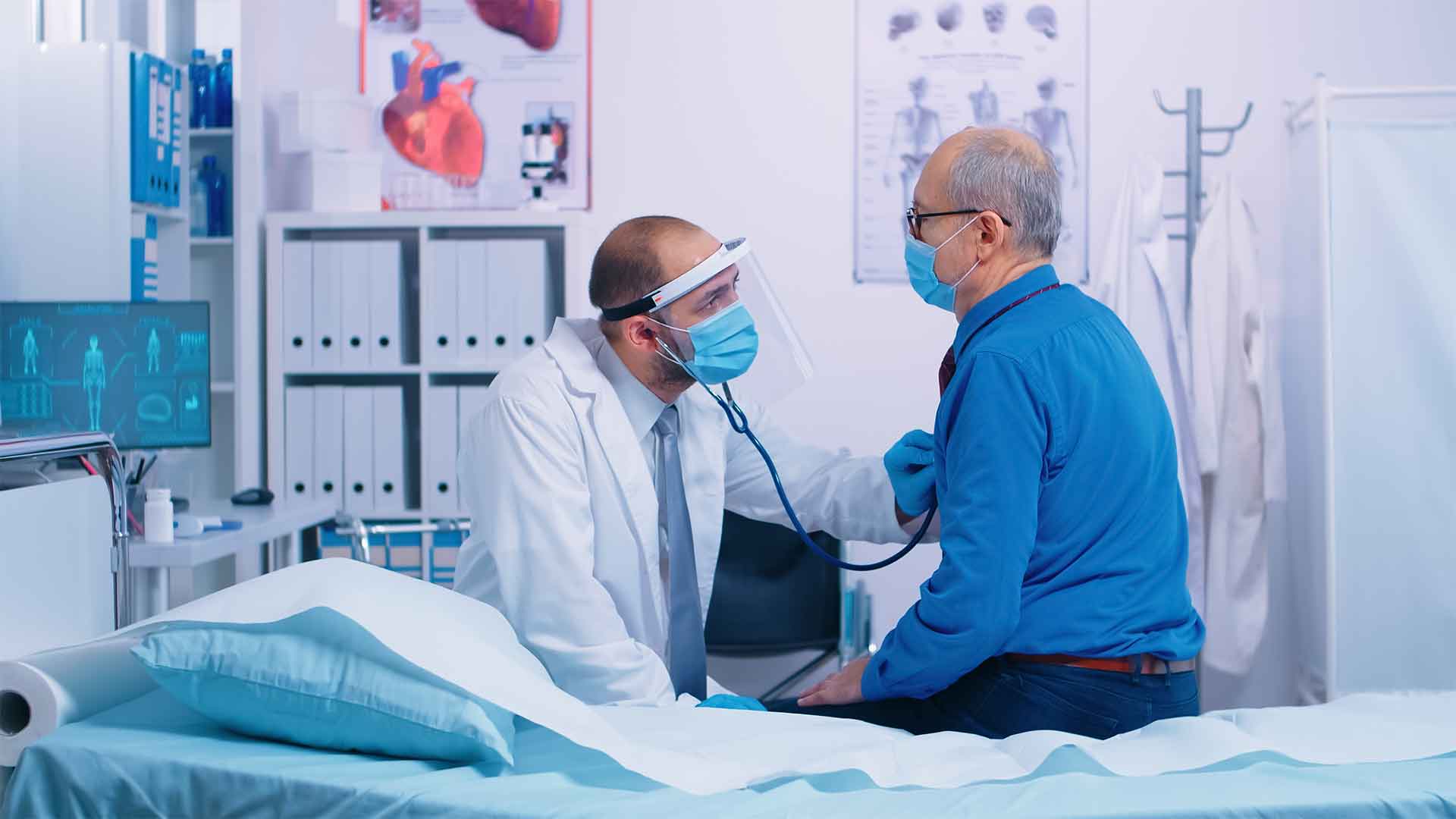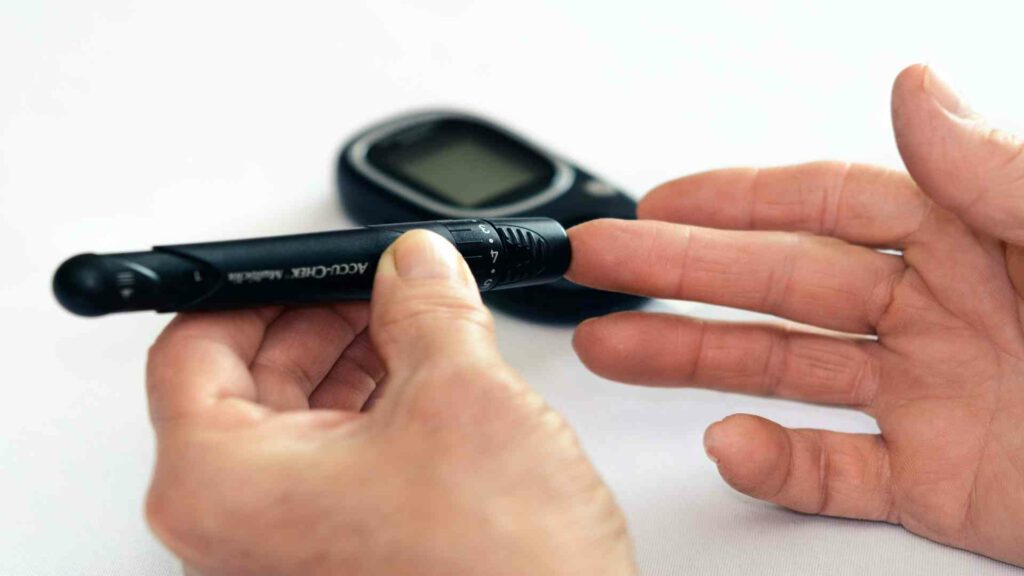
Boron is Essential for Medical Wellbeing
It is a mineral that is found in the food environment. People take boron supplements as medicine. (rxlist.com)
It is used for building strong bones, treating osteoarthritis, as an aid for building muscles and increasing testosterone levels, and for improving thinking skills and muscle. Women sometimes use capsules containing boric acid, the most common form of boron, inside the vagina yeast People also apply boric acid to the skin as an astringent or to prevent infection; or use it as an eye. It was used as a food preservative between 1870 and 1920, and during World Wars I and II.
Medicinal Chemists Use Of Boron –
These compounds now have many applications in several fields, including Medicinal Chemistry. Although their use in pharmacological science has been recognized several decades ago, surprisingly few are found in pharmaceutical drugs. The compounds epitomize a new class for medicinal chemists to use in their drug designs.
Carboranes are a class of organometallic compounds containing carbon (C), boron (B), and hydrogen (H) and are the most widely studied compounds in medicinal chemistry. Additionally, other compounds are of great interest, such as dodecaborate anions, metallacarboranes, and metallaboranes.
The boron neutron capture therapy (BNCT) has been utilized for cancer treatment for the last decade, where chemotherapy and radiation have their shortcomings. However, the improvement in the already-existing (BPA and/or BSH) localized delivery agents or new tumor-targeted compounds are required before realizing the full clinical potential of BNCT.
Advances In The Field Of Chemistry
Advances in this field have expanded the application of this element in Medicinal Chemistry. Also, compounds represent a new class for medicinal chemists to use in their drug designs. Bortezomib (Velcade®), a dipeptide boronic acid approved by the FDA in 2003 for the treatment of multiple myeloma, paved the way for the discovery of new boron-containing compounds.
After its approval, two other boron-containing compounds have been approved, tavaborole (Kerydin®) for the treatment of onychomycosis and crisaborole (Eucrisa®) for the treatment of mild to moderate atopic dermatitis. Several boron-containing compounds have been described and evaluated for a plethora of therapeutic applications.
The present review is intended to highlight the recent advances related to boron-containing compounds and their therapeutic applications. (pubmed.ncbi.nlm.nih.gov)
Boron Helps Millions of Women
Boron seems to affect the way the body handles other minerals such as calcium, magnesium, and phosphorus. It also seems to increase estrogen levels in older (post-menopausal) women and healthy men. Estrogen is thought to help maintain healthy bones and mental function. Boric acid, a common form of boron, can kill the yeast that causes vaginal infections. Boron may have antioxidant effects. (webmd.com)
Menstrual cramps (dysmenorrhea). Some research shows that taking boron 10 mg by mouth daily around the time of menstrual bleeding reduces pain in young women with painful periods.
Vaginal yeast infections. Some research shows that boric acid, used inside the vagina, can successfully treat yeast infections candidiasis ), including infections that do not seem to get better with other medications and treatments. However, the quality of this research is in question.
Diazaborines And Its Therapeutic Potential
Relative to carbon, hydrogen, nitrogen, and oxygen, very little is currently known about boron in therapeutics. In addition, there are very few boron-containing natural products identified to date to serve as leads for medicinal chemists. Perceived risks of using boron and lack of synthetic methods to handle boron-containing compounds have caused the medicinal chemistry community to shy away from using the atom.
However, the physical, chemicaldestroys and biological properties of boron offer medicinal chemists a rare opportunity to explore and pioneer new areas of drug discovery. Boron therapeutics are emerging that show different modes of inhibition against a variety of biological targets. With one boron-containing therapeutic agent on the market and several more in various stages of clinical trials, the occurrence of this class of compound is likely to grow over the next decade and boron could become widely accepted as a useful element in future drug discovery.
One of the first classes of boron-containing compounds evaluated as therapeutics was the diazaborines. Diazaborines were first synthesized by Dewar who was investigating the ‘nonbenzenoid’ aromaticity of heterocycles. Dewar did not report their medicinal application, but rather that they were tool compounds to demonstrate the potential of replacing the C-C unit in aromatic compounds with the isoelectronic B-N bond. However, it was Gronowitz who saw a similarity with the hydrazone-containing nitrofuran antibiotic nitrofurantoin (3); diazaborines, he reasoned, contained an internal hydrazone and might also share the same antibiotic activity. (future-science.com)
His work demonstrated the first reported antimicrobial activity for a boron-containing compound. Starting first with structurally similar nitrothiophene (4), Gronowitz quickly established that the nitro substitution on the ring was not necessary and that the most dramatic impact on activity was observed when changing the hydrazine component.
A strong preference for 2-N-sulfonyl substitution in analogs possessing antibacterial activity was noted and served as the template for future research. Several patents followed, demonstrating the apparent interest in this area and culminating in the largest such evaluation being published by Sandoz Pharmaceuticals.
In this study, the MIC activity of 80 different diazaborines was consistent with previous observations that activity was confined almost exclusively to Gram-negative bacteria. It was generally established that the ranking of potency, relative to the arene ring, followed the order: thienodiazaborines, benzodiazaborines, furanodiazaborines, with pyrolodiazaborines being inactive.
In the 2-N-sulfonylalkyl-thienodiazaborine series, the effect of homologating the alkyl chain was striking, with 5 having a high MIC against Escherichia coli of more than 50 µg/ml, compared with 6.25 µg/ml for 6. Methylation of the thiophene ring gave a slight boost in potency to provide the most promising diazaborine reported (Sa 84474 ) with a MIC of 1.25 µg/ml.
Diazaborine For Tuberculosis
Renewed interest in this area followed the publication of diazaborine’s mechanism of action with an evaluation of a new class including the isosteric 2,4,1-benzo[e]diazaborines, targeting Mycobacterium tuberculosis. Comparisons were made with two front-line TB drugs: isoniazid and pyrazinamide. (future-science.com)
While none of the diazaborines tested had activity near the potency of isoniazid, two derivatives (9 & 10) had MIC values in the range of 8–16 µg/ml, which is superior to pyrazinamide (∼200 µg/ml).
Another potential application of diazaborines is in the design of ‘ultra-high’ fidelity estrogen structural mimics (11).
Boron Also Helps Treat Cancer
Boron can also be found in many areas of pharmaceutical applications. As an anti-cancer drug, it is used for the treatment of relapsed multiple myeloma and mantle cell lymphoma. Boron is directly responsible for binding the catalytic site of the 26S proteasome, a type of protein complex that is vulnerable to the development of cancer.
For some medical conditions, it is useful to destroy or weaken malfunctioning cells using radiation. The radioisotope that generates the radiation can be localized in the required organ in the same way it is used for diagnosis – through a radioactive element following its usual biological path, or through the element is attached to a suitable biological compound. In most cases, it is beta radiation that causes the destruction of the damaged cells. This is radionuclide therapy (RNT) or radiotherapy. Short-range radiotherapy is known as brachytherapy, and this is becoming the main means of treatment. (world-nuclear.org)
Although radiotherapy is less common than diagnostic use of radioactive material in medicine, it is nevertheless widespread, important, and growing. An ideal therapeutic radioisotope is a strong beta emitter with just enough gamma to enable imaging (e.g. lutetium-177 ). This is prepared from ytterbium-176 which is irradiated to become Yb-177 (which decays rapidly to Lu-177). Yttrium-90 is used for the treatment of cancer, particularly non-Hodgkin’s lymphoma and liver cancer, and it is being used more widely, including for arthritis treatment. Lu-177 and Y-90 are becoming the main RNT agents.
A new and still experimental procedure uses boron-10, which concentrates in the tumor. The patient is then irradiated with neutrons which are strongly absorbed by the boron, to produce high-energy alpha particles which kill cancer. This is boron neutron capture therapy.





